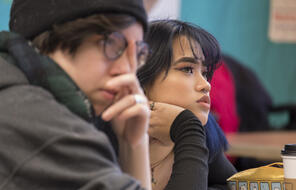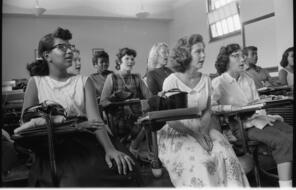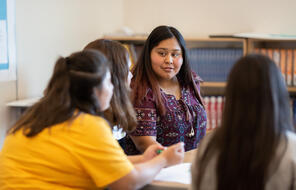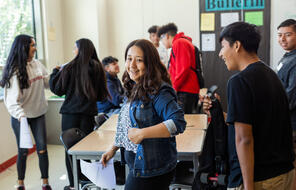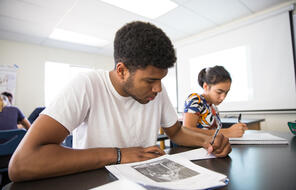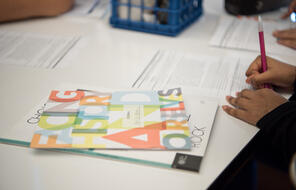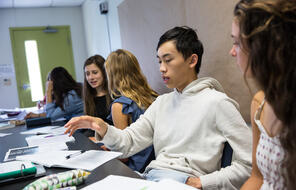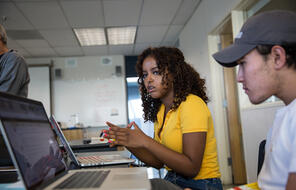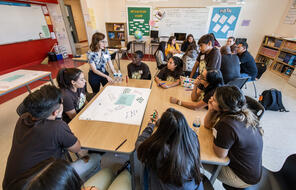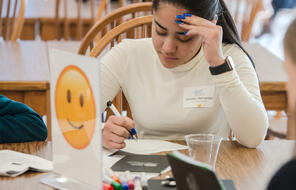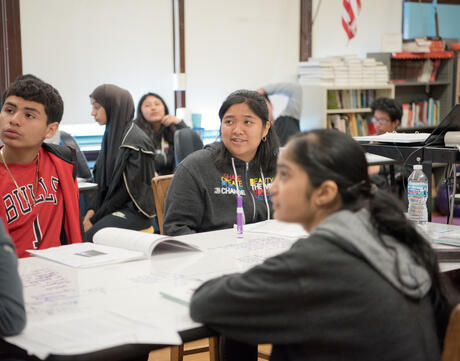
Reflecting on Our Obligation to Others
Subject
- English & Language Arts
Grade
6–12Language
English — USPublished
Overview
About This Learning Experience
Organizing ourselves into groups is a natural behavior. Being part of a group helps to meet our most basic needs. In this way, we share culture, values, and beliefs, and we satisfy our yearning to belong. Like individuals, groups have identities. How a group defines itself determines who is entitled to its benefits and who is not. Sometimes the consequences of being excluded from a group are quite small. For example, someone who does not enjoy running is unlikely to be affected by not being a member of a track club. But sometimes the consequences can be substantial, even dire. If someone is denied citizenship by a country, their freedom, livelihood, or safety may be at risk. Moreover, a society’s universe of obligation can change over time. Individuals and groups that are respected and protected members of a society at one time may find themselves excluded when circumstances are different.
Sociologist Helen Fein conceived of the term “universe of obligation” to describe the way nations determine membership, but we can also recognize that individuals have a universe of obligation—the circle of individuals a person feels a responsibility to care for and protect. This concept helps us recognize the internalized hierarchies that influence how we think about and respond to the needs of others. While it is neither practical nor possible that one’s universe of obligation would include everyone in its center (the position of most importance), acknowledging the way we think about and prioritize our obligations toward others can help us act in a more thoughtful, compassionate manner.
The following learning experiences introduce the concept of universe of obligation and help students consider the benefits of being part of an “in” group and the consequences of being part of an “out” group, both in a work of literature and in their own lives.
Preparing to Teach
A Note to Teachers
Before using this learning experience, please review the following information to help guide your preparation process.
Procedure
Activities
Materials and Downloads
Quick Downloads
Unlimited Access to Learning. More Added Every Month.
Facing History & Ourselves is designed for educators who want to help students explore identity, think critically, grow emotionally, act ethically, and participate in civic life. It’s hard work, so we’ve developed some go-to professional learning opportunities to help you along the way.
Exploring ELA Text Selection with Julia Torres
On-Demand

Working for Justice, Equity and Civic Agency in Our Schools: A Conversation with Clint Smith
On-Demand

Centering Student Voices to Build Community and Agency
On-Demand


